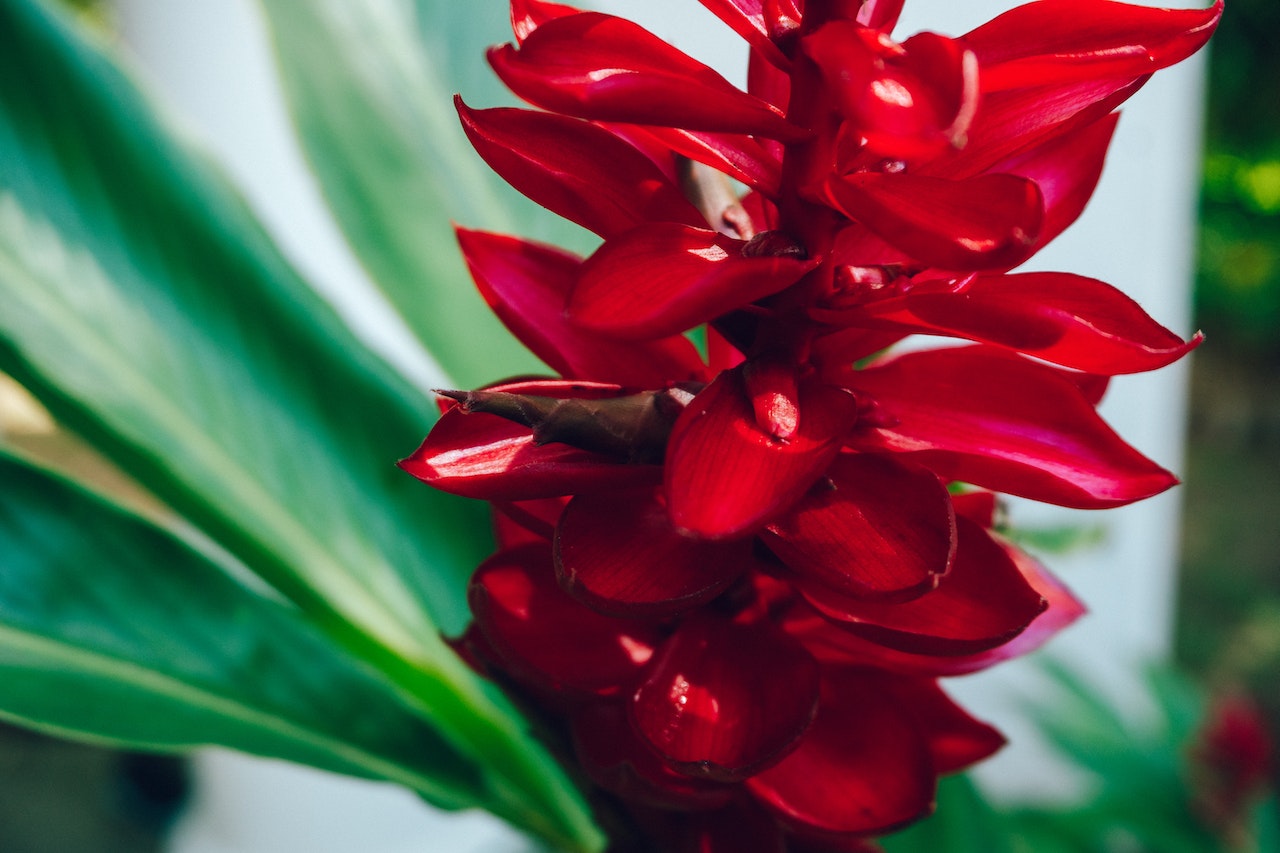If you’re an avid gardener or a plant enthusiast, you must have come across the stunning red button ginger (Costus woodsonii). This exotic plant with its eye-catching red inflorescence and lush green foliage can add a touch of tropical elegance to any garden or indoor space. However, like any other plant, red button ginger requires proper care and attention to flourish. In this guide, we’ll explore the essential steps on how to grow and care for red button ginger plants, with a particular focus on the crucial aspect of watering.
1. Understanding the Watering Needs of Red Button Ginger:
Red button ginger plants are native to tropical regions, where they enjoy a generous amount of rainfall. To replicate their natural habitat, providing adequate water is vital for the plant’s overall health and development. Red button ginger thrives in consistently moist soil but is sensitive to waterlogged conditions. So, finding the right balance is essential.
2. Regular Soaking for Moist Soil:
To maintain moist soil, red button ginger plants should be soaked regularly. Aim for at least one inch of water per week, either from rainfall or manual watering. During the growing season, which typically extends from spring to early autumn, monitor the moisture level of the soil regularly. Stick your finger about an inch into the soil near the base of the plant; if it feels dry, it’s time for watering.
3. Adjusting Watering Cadence:
While a weekly deep watering is sufficient in most climates, you may need to adapt your watering routine based on the weather conditions in your area. In hot and dry climates, the soil tends to dry out faster, requiring more frequent watering. Conversely, in cooler or humid climates, you might reduce the watering cadence to prevent overwatering.
4. Watering Tips for Red Button Ginger:
- Water the base of the plant to ensure that the roots receive the moisture directly. Avoid overhead watering, as it may lead to leaf diseases and fungal issues.
- Consider using a drip irrigation system or a soaker hose to deliver water evenly to the root zone and minimize water wastage.
- Applying a layer of organic mulch around the plant can help retain soil moisture and regulate temperature.
5. Signs of Overwatering and Underwatering:
Overwatering can be detrimental to red button ginger plants, leading to root rot and other problems. Signs of overwatering include yellowing leaves, wilting, and a foul smell emanating from the soil. On the other hand, underwatering can cause the leaves to droop and turn brown at the edges.
Conclusion:
With its captivating beauty and lush foliage, red button ginger is a fantastic addition to any garden or indoor plant collection. By understanding its watering needs and providing the right care, you can ensure your red button ginger plants remain healthy and vibrant throughout the year. Remember to monitor the moisture levels, adjust the watering cadence according to the climate, and you’ll be rewarded with the delightful sight of these tropical wonders thriving under your care. Happy gardening!
Remember to optimize your blog post with appropriate meta tags and meta descriptions to enhance its visibility in search engines and make it easier for gardening enthusiasts to find your valuable insights on growing and caring for red button ginger plants. Happy blogging!
FAQs (Frequently Asked Questions) About Growing and Caring for Red Button Ginger:
1. Can red button ginger plants tolerate drought conditions?
Red button ginger plants prefer consistently moist soil, and drought conditions can be challenging for them. While they are relatively hardy, extended periods of drought can lead to stress and affect their overall health and appearance. It’s best to water them regularly and ensure the soil remains adequately moist to keep the plants thriving.
2. Are red button ginger plants suitable for indoor cultivation?
Yes, red button ginger plants can be grown indoors under the right conditions. They thrive in bright, indirect light and a humid environment, making them an excellent choice for well-lit bathrooms or kitchens. However, ensure the indoor location receives enough light, and consider using a humidifier or mist the leaves occasionally to maintain the required moisture levels.
3. How can I propagate red button ginger plants?
Red button ginger plants can be propagated through rhizome division. To do this, carefully dig up the plant during its dormant season (usually in late winter or early spring) and separate the rhizomes into individual sections, making sure each section has a few healthy shoots. Replant the divided rhizomes in separate pots or desired locations in the garden, keeping them well-watered until they establish themselves. Propagation through seeds is also possible but may take longer to produce mature plants.

Leave a Reply